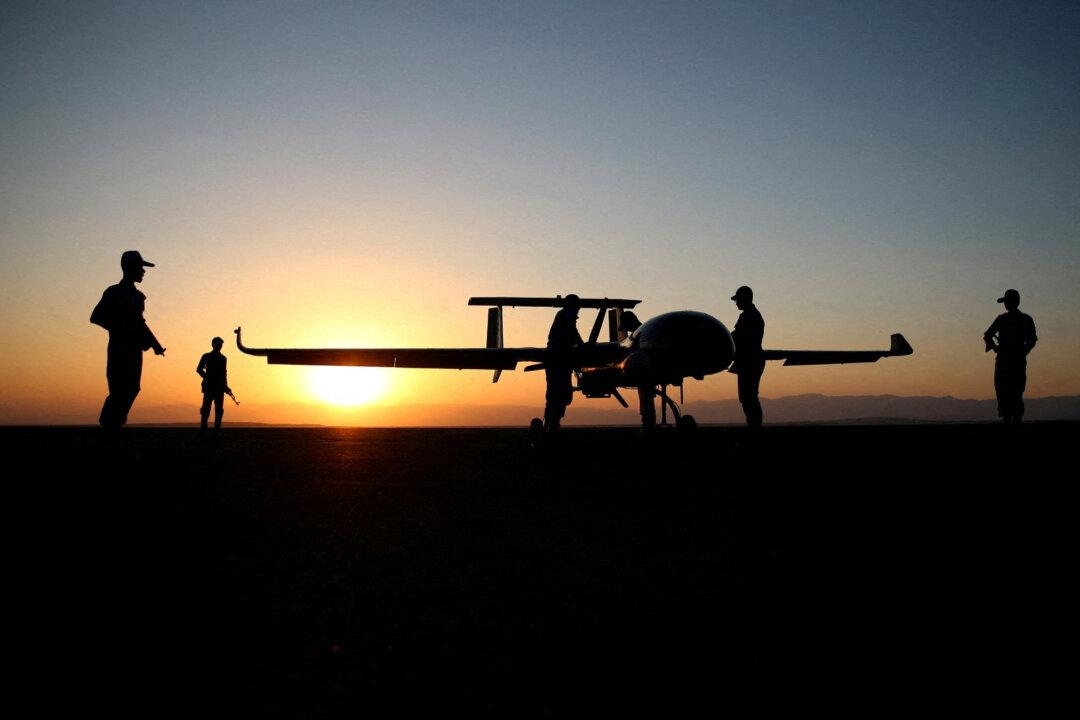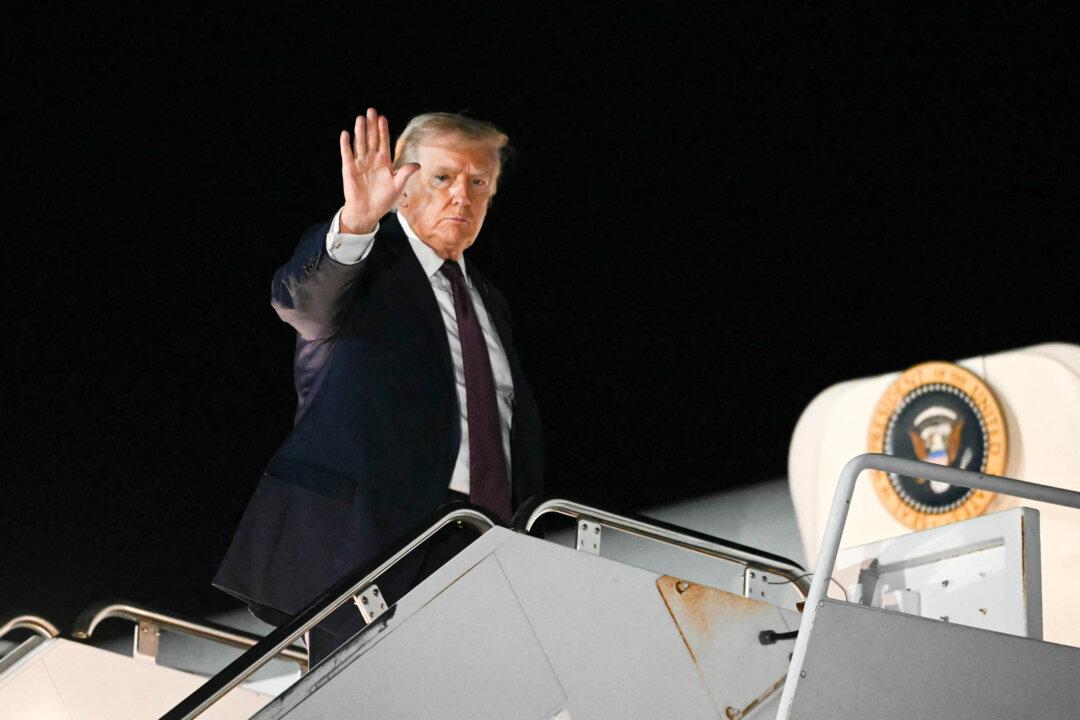An Iranian general on the anniversary of the Sept. 11 terrorist attacks made a veiled threat at Israel, claiming that the Islamist regime has developed new ≈ drones specifically for attacking major Israeli cities.
Brig. Gen. Kioumars Heydari, commander of the Iranian military’s ground forces, said on Monday—as the United States was still commemorating Sept. 11—that Tehran has specifically developed a new long-range suicide drone with “‘unique capabilities” to strike Israeli cities like Tel Aviv and Haifa along the Mediterranean coast.





